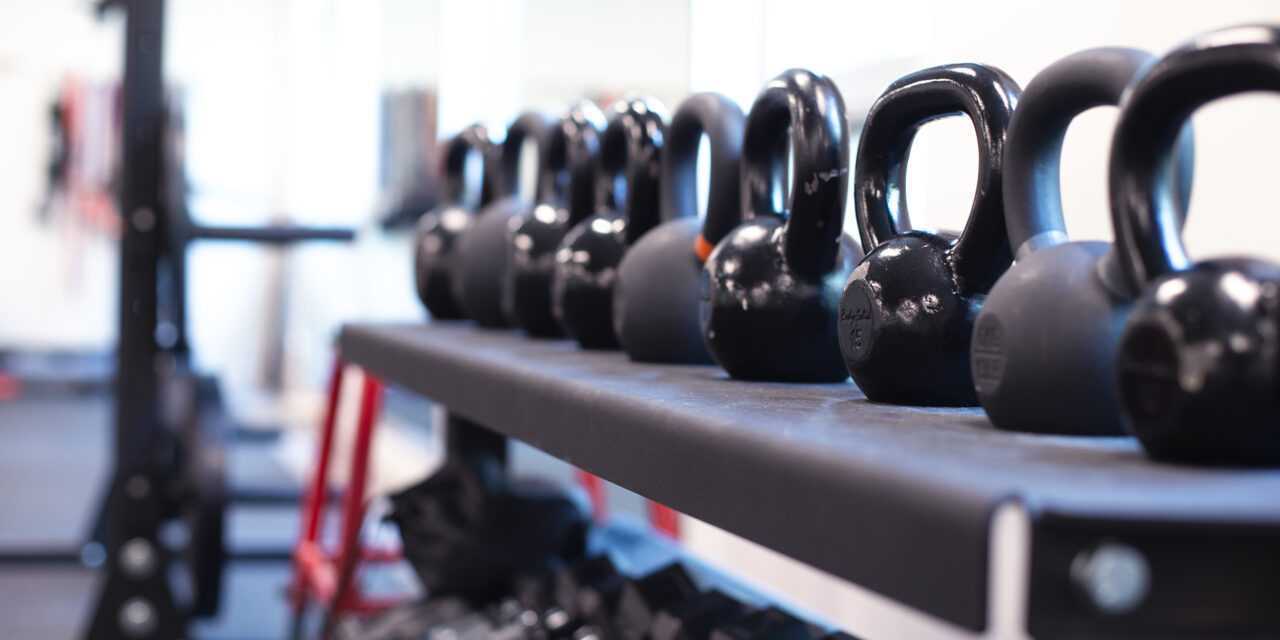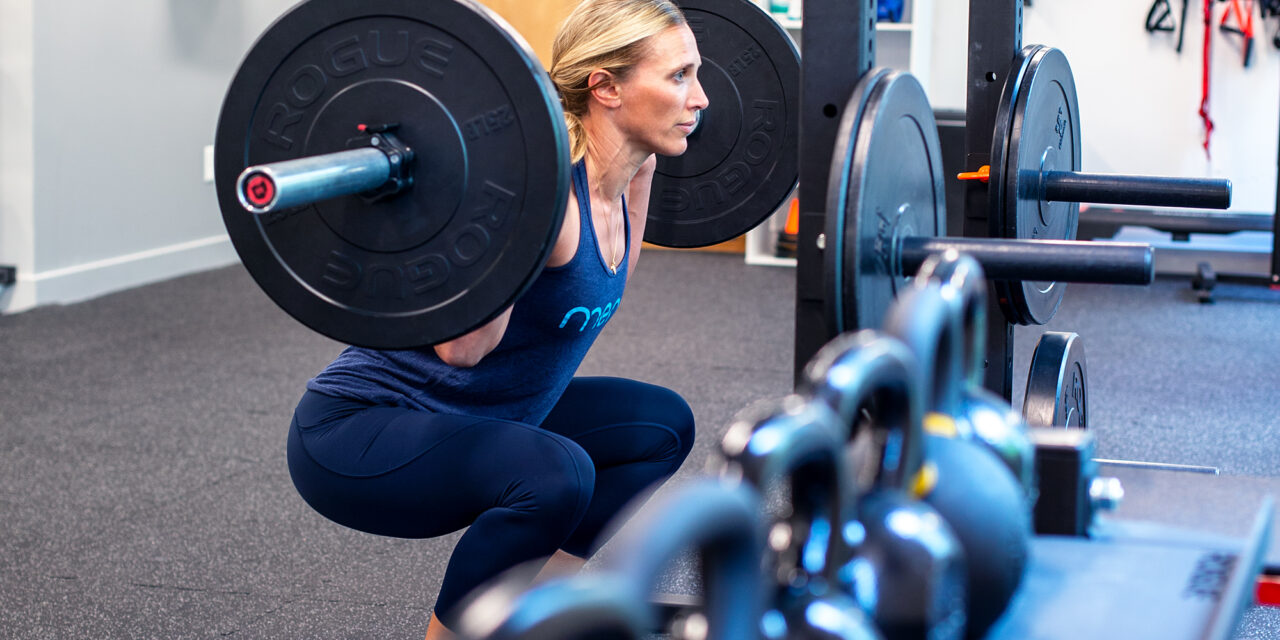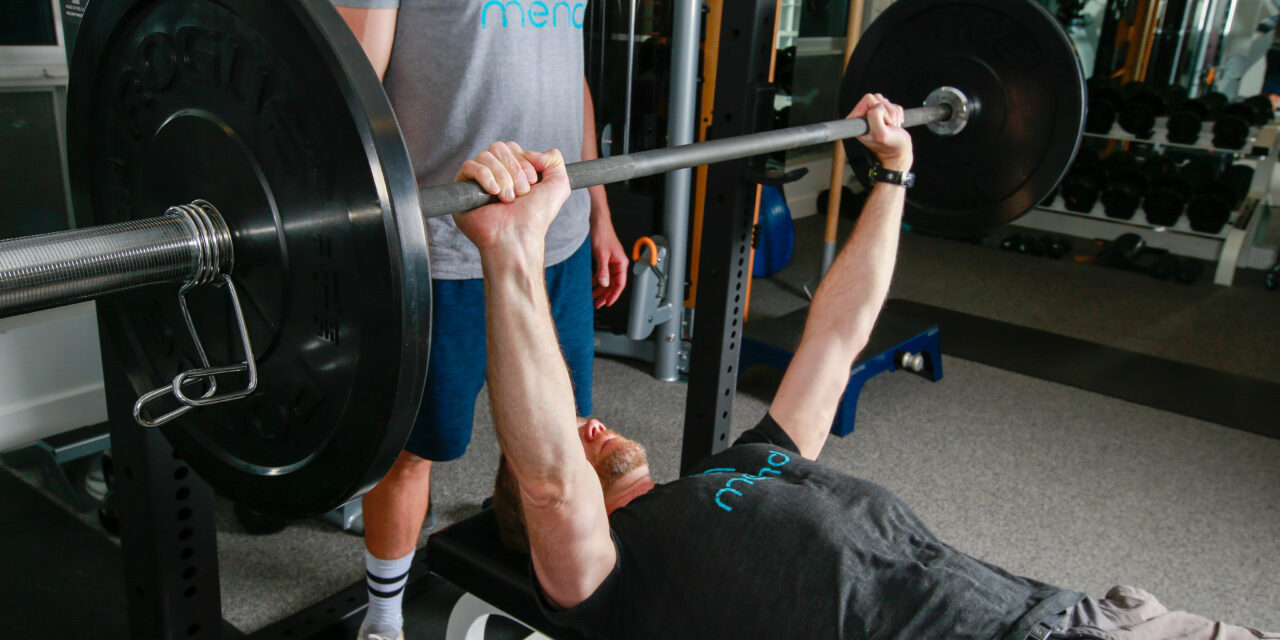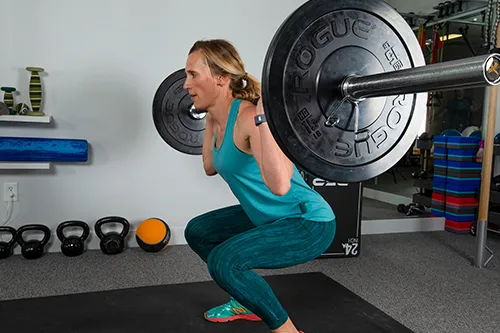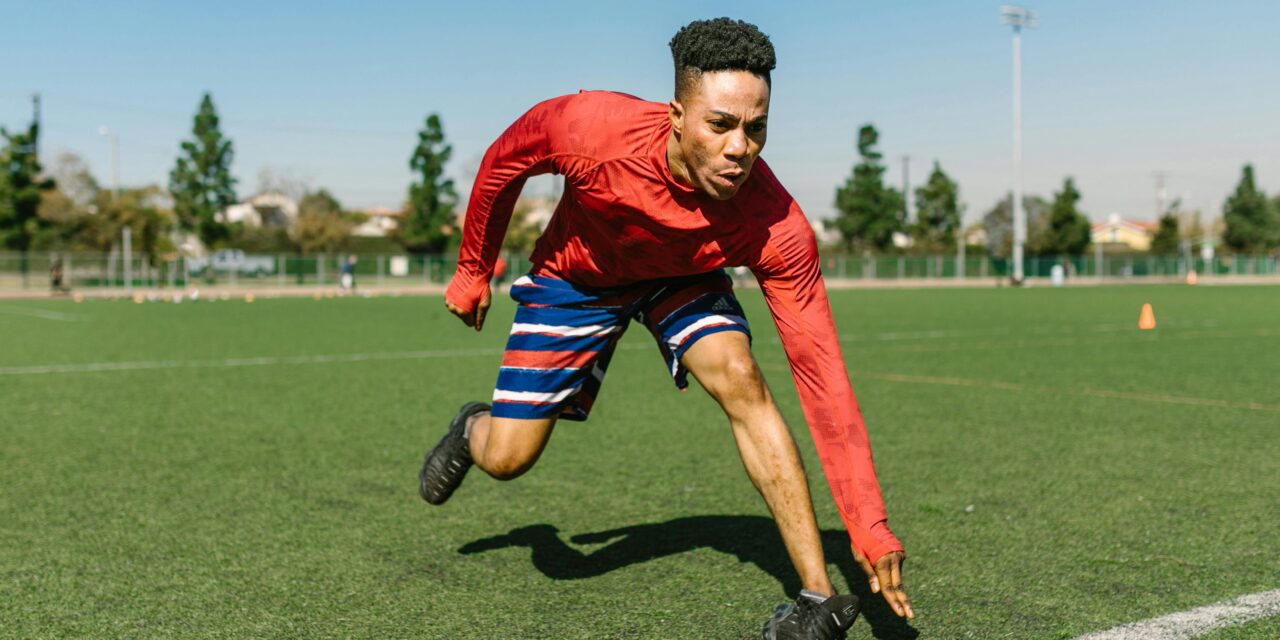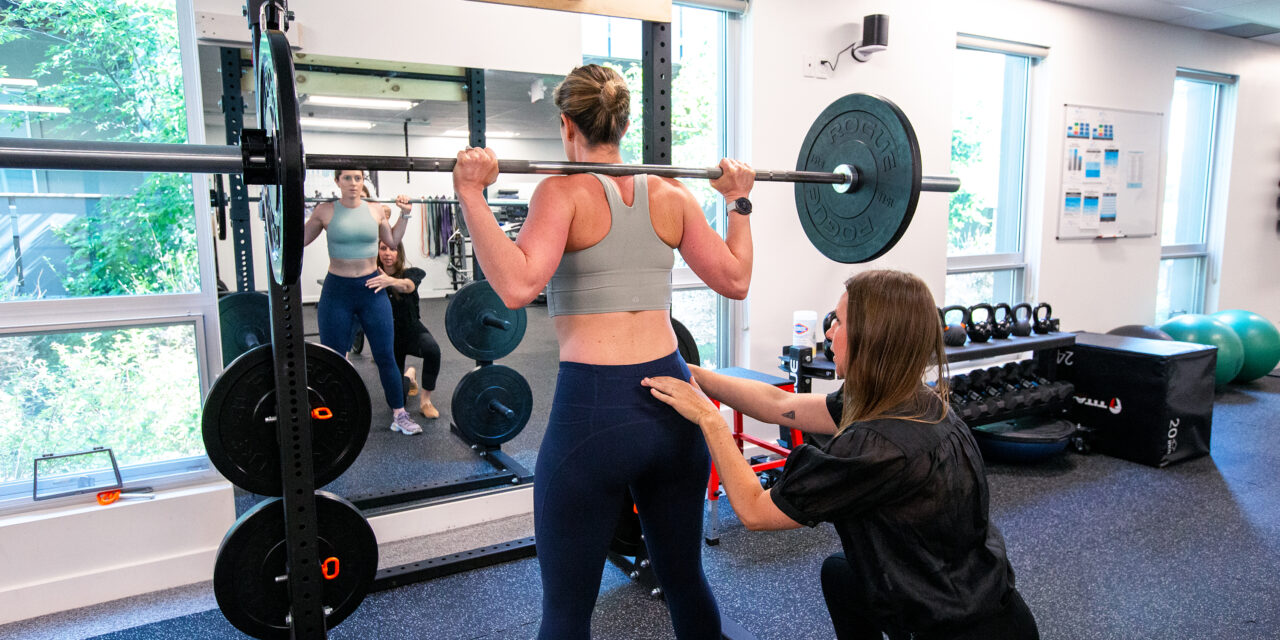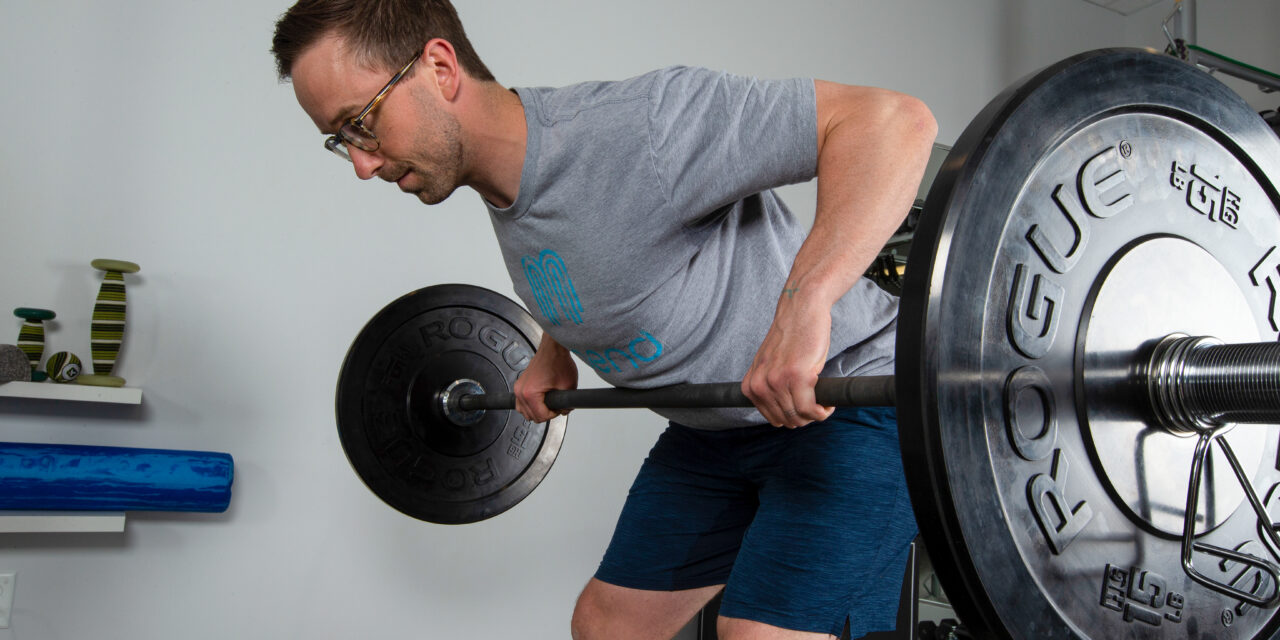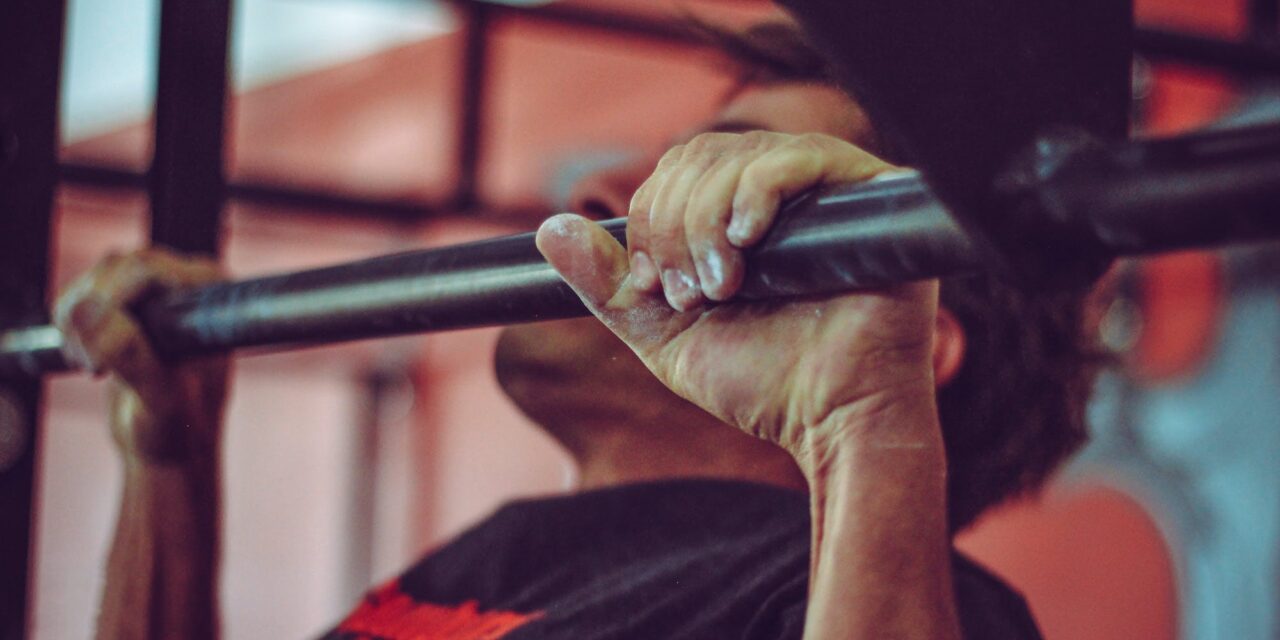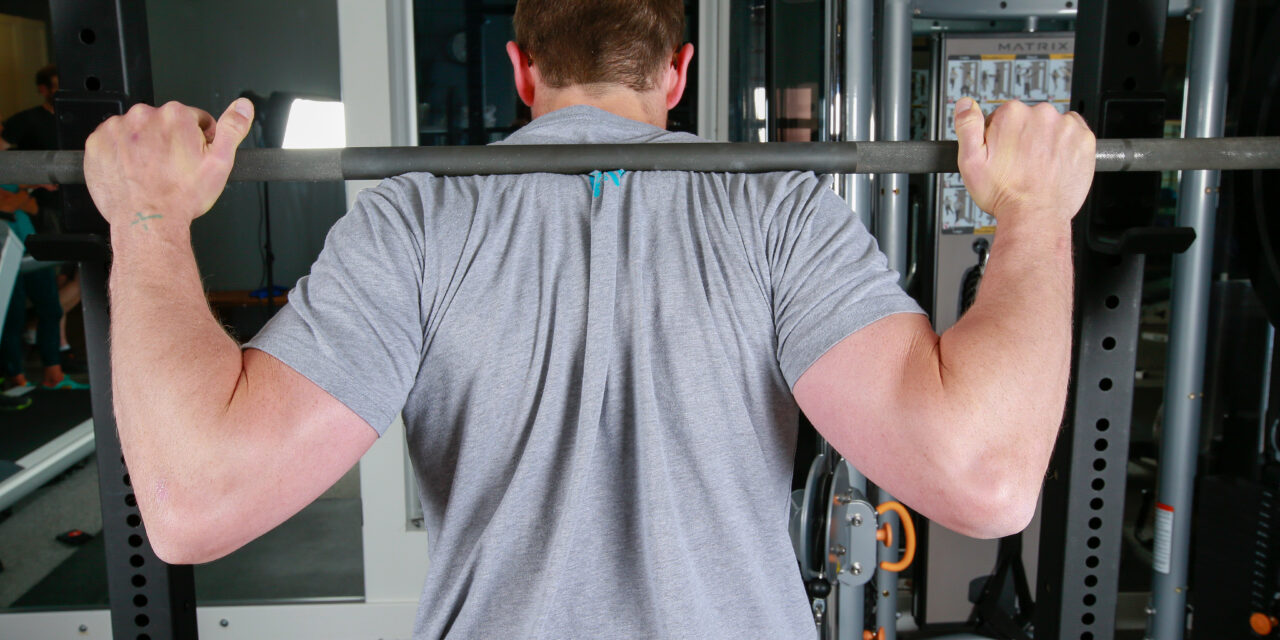How Can I Lose Weight During Menopause?
One of the most challenging populations for any exercise professional is women entering the perimenopausal or menopausal phases of life wishing to lose weight. Weight changes during this period for women are common due primarily to changes in key hormones, estrogen and progesterone, and metabolic changes/slow downs due to aging. Combined these changes can lead...

